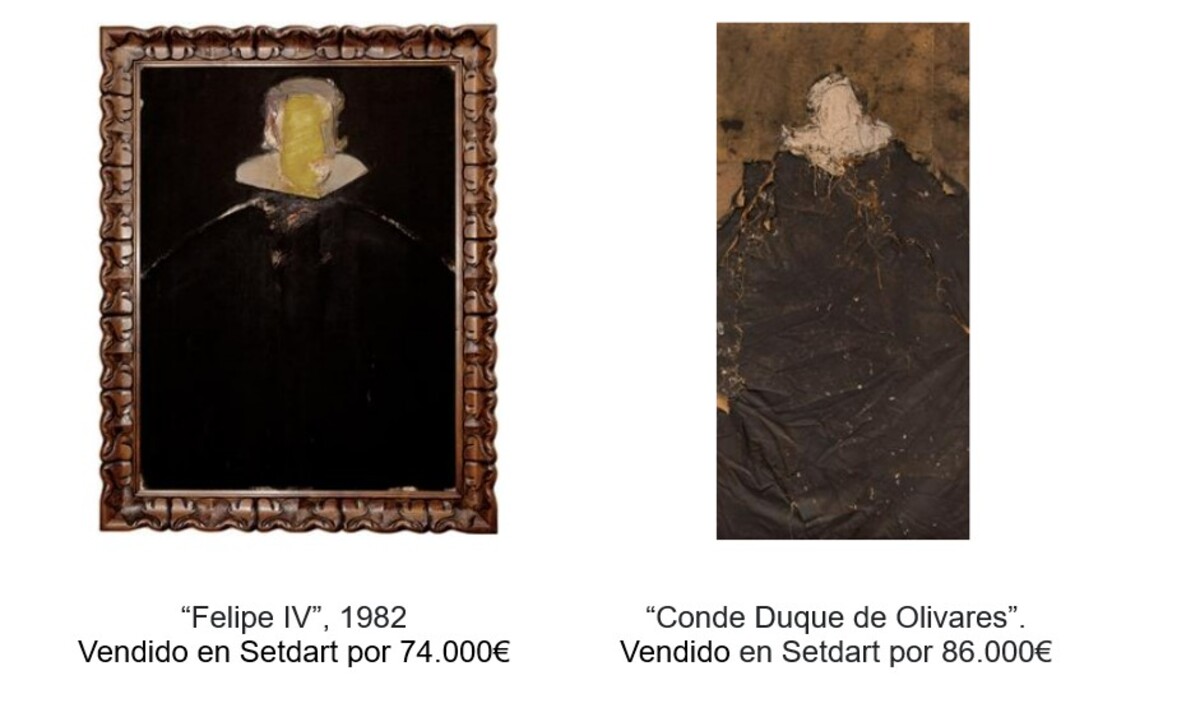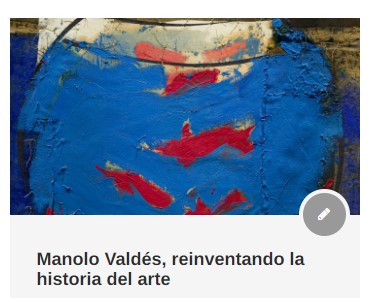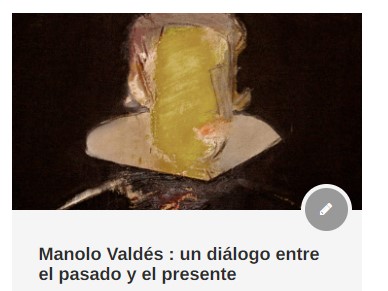Manolo Valdés: A Contemporary View of History
Auction January 10th
After 6 decades dedicated to art, Manolo Valdés has established himself as one of our most internationally recognized artists. Reaping success around the world, Valdes continues to prove that his passion and talent are incombustible.
From his beginnings in the 1960s to the present, Valdes’ work has evolved with absolute coherence, exploring and conquering new artistic territories from a deep knowledge of the history of art and the deepest admiration for its great masters. However, far from contemplating them from afar, Valdés rescues and takes from them those aspects of his art that he considers most appropriate to carry out an apotheosic exercise of reinterpretation and recontextualization of the very history of art with which, decade after decade, he has forged his unmistakable creative universe.
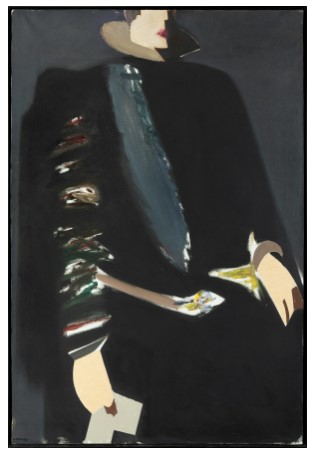
Far from falling into the monotony that could derive from the reiteration of the same formula, Valdés reveals his immense ability to structure his work under the same common denominator, evolving and reinventing it in each of its facets. In fact, after finishing his time as a member of the chronic team, the 80’s were for Valdés an indispensable period of maturity and creative growth that led him to discover and reach that personal and genuine style to which he has remained faithful ever since.
In this case, and as has been recurrent throughout his career, Valdés turns to one of the great icons of art history such as Diego Velázquez and his portrait of Philip IV to end up turning it into a new icon in a contemporary key. In a process of extreme plastic depuration, the ruff and the profile of the monarch are reduced to geometric planes and synthetic lines, as is the court costume. This tendency is also evident in the evident chromatic reduction, darkening the palette to the maximum until the figure is endowed with a spectral intensity. In doing so, Valdés seeks to dissect an archetype loaded with symbolism that, like Philip IV, is the repository of a long history of representation of power.
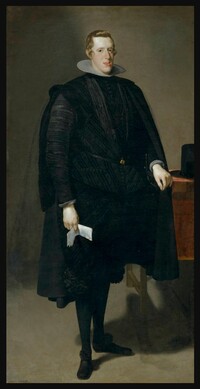
Therefore, the plastic and aesthetic exercise of Valdes, with its game of stylistic permutations and references to history, gives way to a new image that in its complete originality and contemporaneity, manages to establish a dialogue between the art of the past and the present that makes us question the reality of the time and of the same artistic practice.
Far from limiting himself to evoking those works that are already icons of our history, Valdés takes a much more definitive and forceful step: he dissects and reconstructs themdissects and reconstructs. A perspective that, with the passage of time, will also become an enigma that future glances will decipher and update.
Hammer prices
